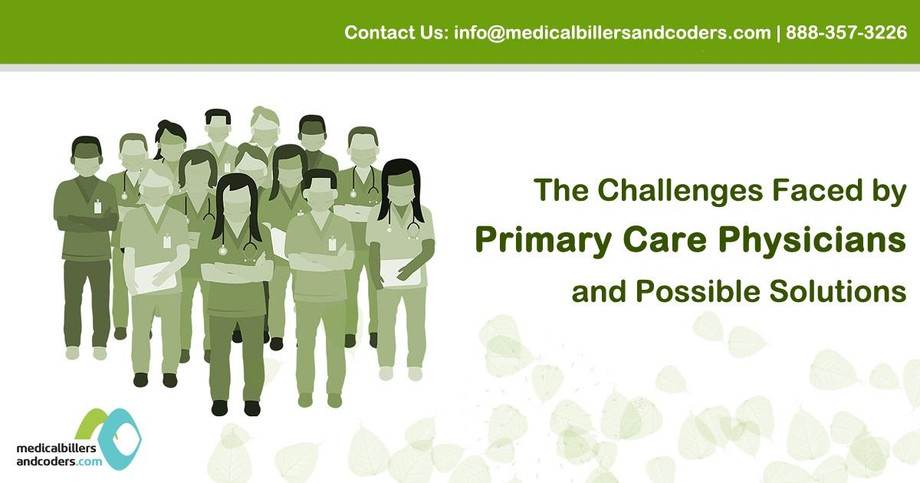The Challenges Faced by Primary Care Physicians and Possible Solutions

The shortage of primary care physicians in the United States will soon worsen due to the added pressure on resources because of healthcare policy changes by the government. The rising number of elderly people in the country is also putting tremendous pressure on the services provided by primary care physicians. A white paper by the American College of Physicians examines the parameters of the shortage and its effect on the quality and the cost of care. According to the white paper, the estimated number of people with at least one chronic condition will exceed 150 million by the year 2015, building even more pressure on primary care delivery systems. Moreover, the number of U.S. medical graduates entering family medicine residency has significantly dropped over the last decade which is exacerbating the situation.
The government issued a fact sheet on June 16, 2009, about the steps that it plans to take in order to alleviate the shortage of primary care physicians in the country. The Obama administration has made $ 250 million available as new funding through the Affordable Care Act for expanding the primary care workforce. The funds will be used for creating more primary care residency slots, supporting physician assistant training in primary care, increasing the number of nurse practitioners, establishing new nurse practitioner clinics, and encouraging States to plan for and address health professional workforce needs. The new initiative will support the training, development, and placement of 16,000 new primary care providers over the next five years.
MedicalBillersandCoders are highly experienced in providing Primary Care Medical Billing Services.
Although the reforms have at last started to address the challenges faced by primary care physicians, the increase in the number of primary care physicians is still not going to be enough in the coming years. Primary care providers face numerous other challenges such as effective implementation of EMR/EHR systems, demonstration of ‘Meaningful Use’ (MU), and successful integration of Healthcare IT into the practice.
The reforms have not just affected the core areas of healthcare delivery but have also affected numerous departmental processes. The receipt of incentives requires streamlining of these departmental processes such as medical billing and coding, revenue cycle management (RCM), denial management, and IT support for EMR/EHR implementation. Moreover, the migration from ICD-9 to ICD-10 codes, adoption of the 5010 platforms, and the newly insured 32 million Americans have made RCM, interaction with payers, and medical billing and coding processes crucial to the financial well-being of a practice. A need for better and professional departmental services is being felt due to the complexities involved in these processes in the post-reform era.
To learn more about The Challenges Faced by Primary Care Physicians and Possible Solutions, click here: https://bit.ly/426hXQJ Contact us at info@medicalbillersandcoders.com/ 888-357-3226.



